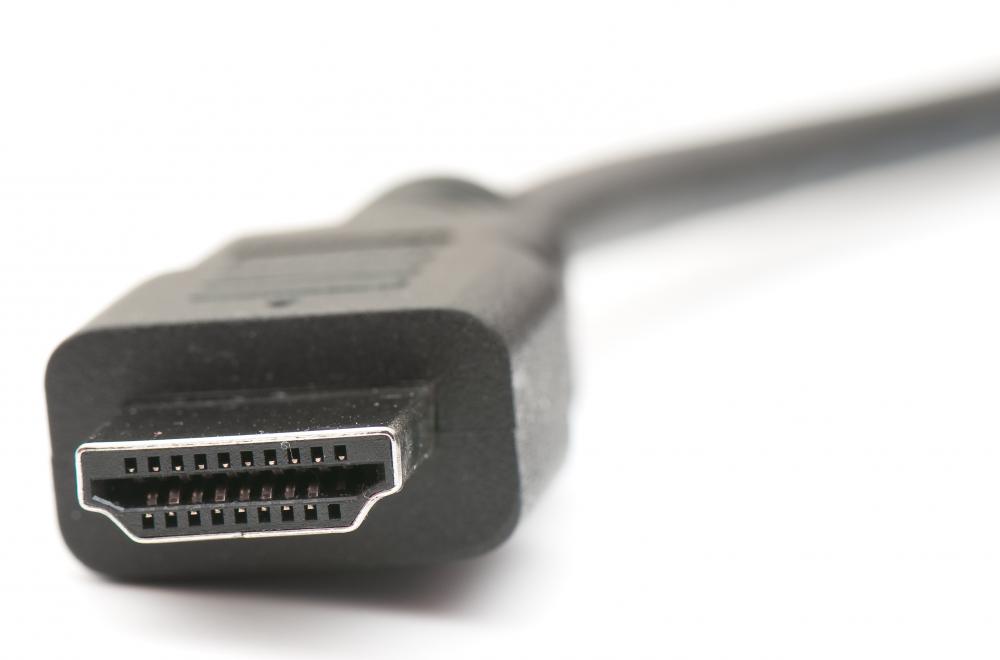At WiseGEEK, we're committed to delivering accurate, trustworthy information. Our expert-authored content is rigorously fact-checked and sourced from credible authorities. Discover how we uphold the highest standards in providing you with reliable knowledge.
What is an Entertainment Center?
In the 1930s, families gathered around the Motorola to hear serial comedy routines of radio personalities like Burns and Allen. By the 50s, the Motorola was replaced with a boxy black and white television that could tune in about half a dozen local stations. Today, families gather around the entertainment center -- a conglomeration of electronic equipment made to stagger the senses and cater to our every whim from music to television, movies to gaming. So rich are the audiovisual effects that one can practically feel images come off the screen and circle the room.
Entertainment centers can be highly diverse and customized, but the modern entertainment center generally features a combination of audiovisual equipment, centered around a big-screen high-definition television (HDTV). In most cases, this is a large flat-panel display with a 16:9 aspect ratio -- rectangular like a movie screen rather than square. The HDTV might be LCD or plasma and can have any number of connections, which to some extent can determine the quality of equipment connected to it.

Though an entertainment center might include a TV with built-in speakers, most often, the TV connects to a stereo receiver featuring surround sound speakers. Next to the TV, the speaker system is one of the most important aspects of the entertainment center, greatly enhancing the experience of watching television or movies. The stereo system connected to the entertainment center usually consists of an AM/FM stereo receiver capable of supporting five or more speakers, a TV, a DVD/CD player and perhaps a videocassette or VHS deck. Components might also be capable of burning DVDs and CDs, in addition to playing them.

One of the key advantages of an entertainment center is the interfunctionality, which makes it very convenient to record movies, programs or music. Modern ports featured on TVs and receivers also allow portable digital equipment to interface with the entertainment center. For example, one might connect a camcorder to the television in order to view movies just taken. This allows the entire family to see and enjoy them comfortably, rather than sharing the tiny view screen on the device. A gamer might customize his or her entertainment center to incorporate X-Box capability or other gaming devices. An Internet connection can provide interactive online gaming in addition to personal gaming.

The only limiting factor in designing your own entertainment center is budget. When shopping for components for an entertainment center, be sure to get the most recent ports available at the time. Technology changes so fast that saving a few bucks for last year's model might mean choosing to replace the equipment sooner rather than later.
As of spring 2006, one of the features to watch for is HDMI-enabled televisions, receivers and DVD players. HDMI (High-Definition Multimedia Interface) is digital technology that improves picture quality and sound while reducing the amount of cables required to connect equipment within your entertainment center. A single HDMI cable replaces all three cables needed for component video, and the two required for L/R audio, while providing superior performance. In the future, the desired feature will likely be wireless connectivity through UWB (Ultra Wideband) capability. This will eliminate all cables and make setting up an entertainment center extremely easy.

To protect your entertainment center from electrical surges, clean up cable signal and prevent crosstalk of component interference, consider a quality power conditioner. A power conditioner looks like a powerstrip surge protector on steroids. Good power conditioners are rated for the type of protection they provide, some guaranteeing up to US$500,000 in connected equipment against damage due to power surge.

An entertainment center, sometimes called a home theater system, is a wonderful way to enjoy quality entertainment at home. Whether listening to Chopin, watching the latest horror flick with a bowl of popcorn, or entertaining guests, an entertainment center provides pleasure that you will likely find worth every penny, no matter the investment.
AS FEATURED ON:
AS FEATURED ON:


















Discuss this Article
Post your comments